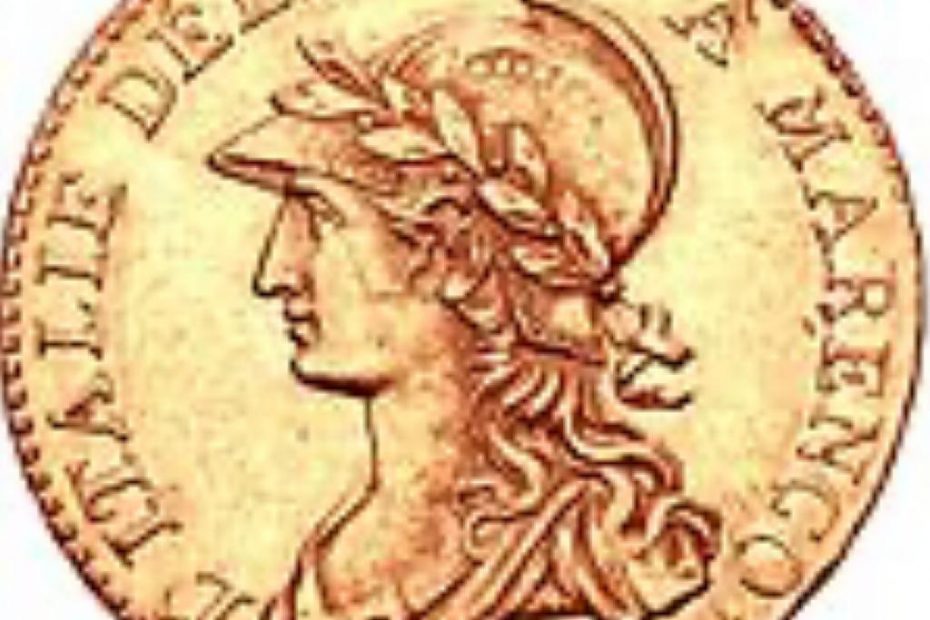Croatia is the twentieth member of the Eurozone since 1 January 2023. The new entry for the Balkan country already enrolled in the Illyrian Provinces (the French governorate of the Napoleonic era existed from 1809 to 1814) is the most recent milestone of European community integration. The new monetary innovation, defined by the unfinished political union, suggests a parallel to the initiatives based on the similar aim that have been distributed throughout Europe over centuries.
In 1800 the First Consul founded the Bank of France on the model of the Bank of England to manage the discount and credit market and support the germinal franc. The currency, so defined to exalt the law on bimetallism (4 April 1803) established to extend the legal tender to gold and silver coins, has been issued since 1795. The State would buy back the altered coins based on the value of contained metal.
The decree (6 June 1803) established the value of gold and silver coins of many European and Asian states and, thus, the Bank of France issued silver coins of 5, 1/2 and 1/4 francs. This primeval proposal for a single currency predated the Latin Monetary Union (LMU): the agreement concluded by the Member States regulated the issuance of gold and silver coins and kept circulation to the government bodies of those countries that were members and united by free trade.
“L’Italie délivrée a Marenco” is the legend engraved around the graduated profile of Minerva surrounded by a helmet and wrapped by Italy on the left: the gold coin minted in Turin (1800) declaimed the French hegemony over northern Italy taken up by the Corsican leader. This precious symbol exposed by the tiny disk (21 mm) minted by the French Empire from 1800 to 1815 to enhance the triumph built by the Armée de Réserve in Marengo (14 June 1800) was transmitted to European coins of nominal value of 20 francs, Gold title 900/1000, identical weight, issued by the Mint of Countries enrolled in the LMU (1865 – 1927).
The bust of Napoleon First Consul is engraved on the obverse of the gold disk produced by the Subalpine Republic built on the French victory at Marengo, already expanded to the territories incorporated into the Kingdom of Sardinia and then absorbed by France (11 September 1802).
